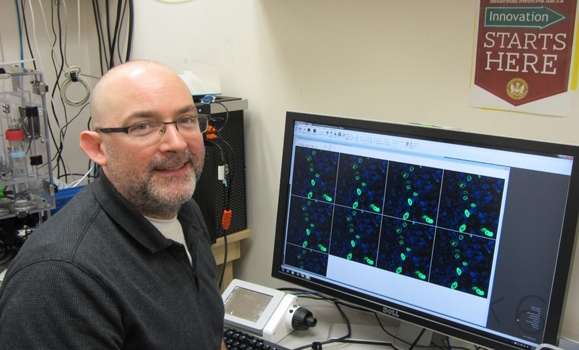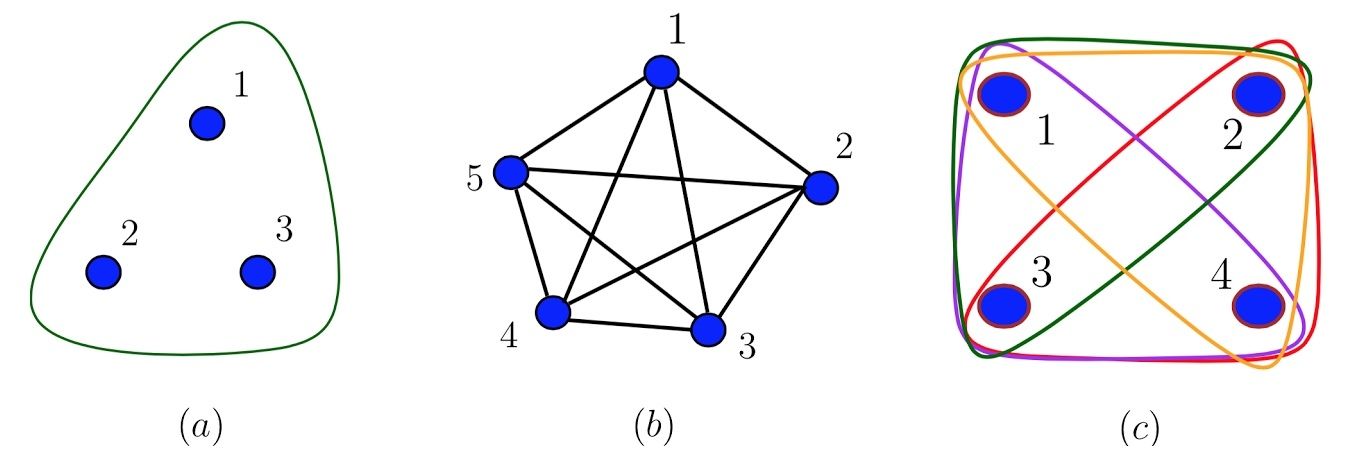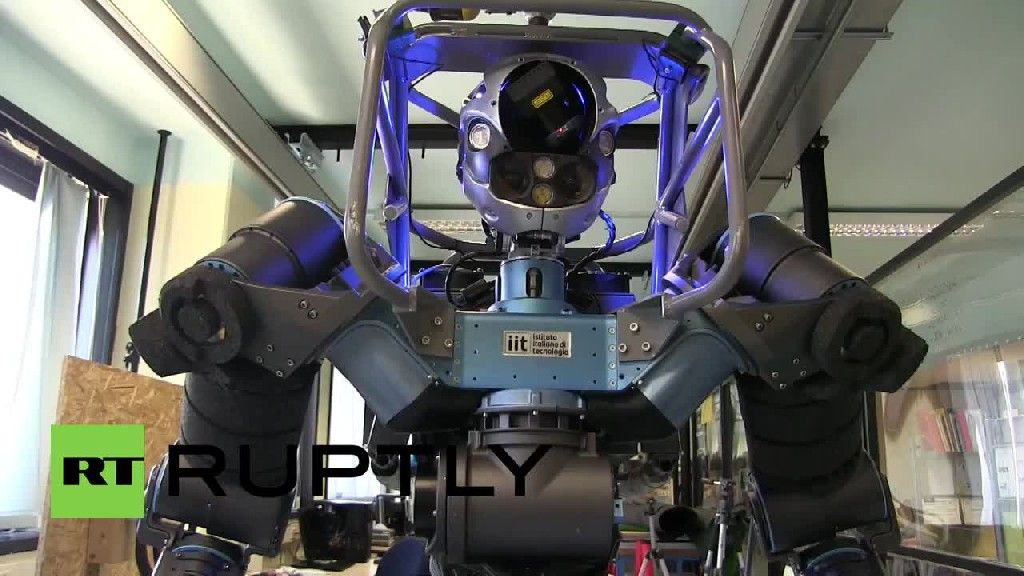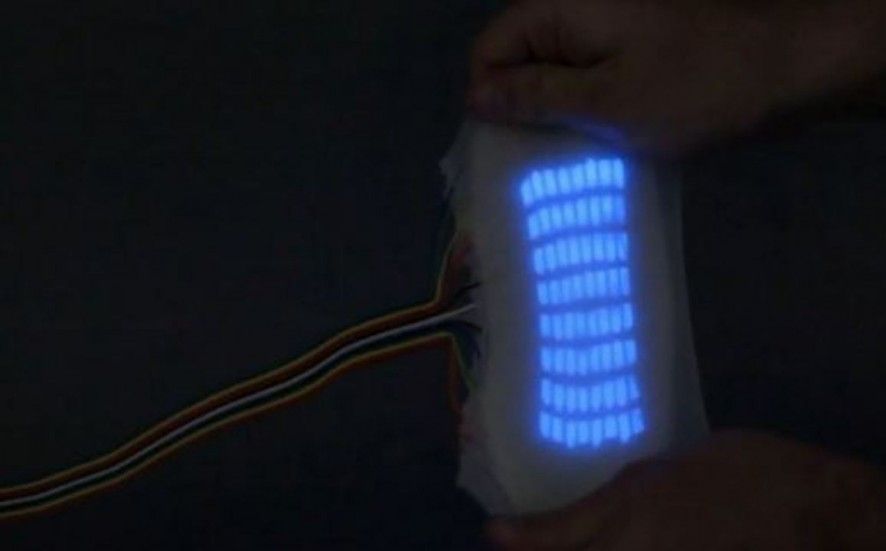Mar 4, 2016
Researcher develops technique for enhancing gene therapy
Posted by Shailesh Prasad in categories: biotech/medical, genetics, neuroscience
Using his knowledge of how genes are organized and repaired in human cells, Dr. Graham Dellaire, Dalhousie Medical School’s Cameron Research Scientist in Cancer Biology, has developed a technique that could make gene therapy more effective and safer to use. His work was recently published in Nucleic Acids Research and Nature.
CRISPR, named 2015’s breakthrough discovery of the year, stands for “Clustered Regularly-Interspaced Short Palindromic Repeats.” It can accurately target and edit DNA, offering the potential to cure genetic diseases and find new treatments for cancer.
To apply CRISPR in non-dividing cells—such as those in muscle and brain tissue—researchers must first make them behave like cells that divide. They do this by turning on a cellular process called homologous recombination, which protects DNA; the recombination allows a cell’s genes to be manipulated and rearranged without the possibility of causing more harm than good.















